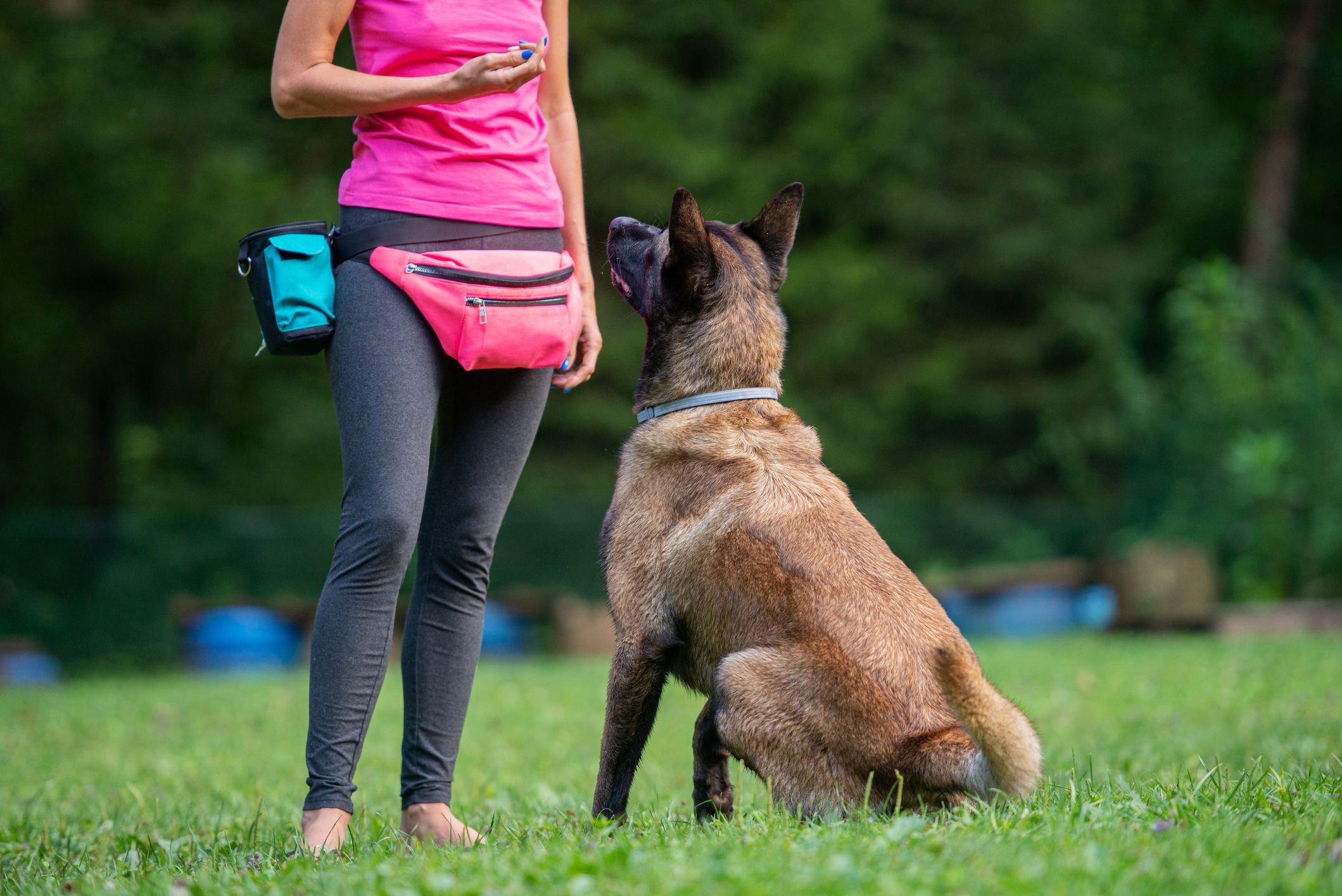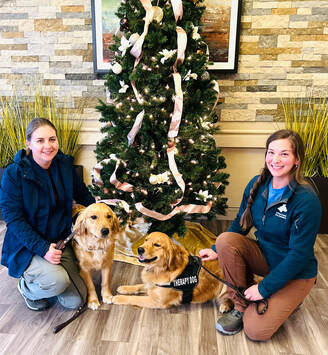Important Tips for Effective Dog Training: An Overview for Animal Owners
Effective dog training is a complex procedure that requires a strategic approach customized to both the family pet's character and the proprietor's goals. Understanding how to browse these challenges can considerably enhance the training experience, inevitably transforming the partnership between proprietor and canine.
Recognizing Canine Behavior
Recognizing pet dog behavior is essential for reliable training and promoting an unified connection between pooches and their owners. Dogs communicate largely with body language, vocalizations, and activities, making it critical for proprietors to translate these signals accurately. Recognizing a pet's position, tail position, and ear positioning can supply understandings into its mood. A wagging tail does not constantly suggest happiness; it can additionally signify exhilaration or stress and anxiety.

Socializing plays a considerable role in pet dog habits; exposure to numerous environments, people, and various other pets can significantly influence a dog's temperament. Variables such as type characteristics and individual temperament should guide training methods, as some types may have details behavior qualities that necessitate tailored approaches. By recognizing these components, owners can develop an encouraging environment that urges favorable behavior, bring about successful training results and a deeper bond with their pets.
Establishing Constant Commands
Reliable communication with your pet begins with developing regular commands. This foundational component of training is important for fostering understanding in between you and your animal. Consistency in the commands you use ensures that your pet dog can dependably link certain words or phrases with the preferred actions.
When choosing commands, choose clear, distinct words that are simple to separate and claim from each other. Avoid using similar-sounding commands that might perplex your dog. Utilizing "sit" and "stay" is ideal, but "rest" and "hit" could lead to misconceptions.
Additionally, maintain the very same tone and quantity for every command. Dogs are sensitive to singing hints, so varying your tone can produce complication.
It is just as important to make sure that all member of the family get on the same page concerning the commands used. A united front in command use will certainly protect against blended signals and strengthen the knowing process.
Favorable Support Strategies
The power of favorable support in pet training hinges on its capacity to motivate desired actions through rewards and praise. This method is grounded in the principle that behaviors followed by desirable results are most likely to be duplicated. By integrating favorable support right into your training routine, you can efficiently shape your pet dog's habits in a useful manner.
To implement favorable support, it's necessary to determine what encourages your pet, whether it be deals with, toys, or spoken appreciation. When your canine does a preferred action, such as resting on command, right away reward them with a reward or love. This organization in between the command and the positive end result enhances their understanding.
It's critical to timing the benefits correctly; delivering the reinforcement within secs of the preferred habits helps your pet make the link (dog training). Additionally, uniformity is crucial-- make sure that all relative utilize the same commands and incentive systems to prevent confusion

Progressively, you can minimize the frequency of treats as your pet dog discovers the habits, transitioning to praise or recurring incentives. This approach not just cultivates a solid bond between you and your dog but also promotes a positive learning atmosphere, making training a satisfying experience for both.
Socialization and Interaction
Regularly exposing your pet dog to a variety of atmospheres, people, and other animals is critical for their social growth. Socialization ought to begin early, ideally throughout the essential window of 3 to 14 you can try these out weeks, when young puppies are most receptive to brand-new experiences. However, older pet dogs can also take advantage of continuous socialization initiatives.
Present your pet dog to various settings, such as parks, pet-friendly shops, and metropolitan locations. This direct exposure helps them adapt to numerous stimuli, reducing stress and anxiety and fear feedbacks. Encourage positive interactions with various other canines and individuals, making certain that these experiences are secure and regulated to foster self-confidence.
Utilize structured playdates with courteous pets, as this can improve your canine's social skills and teach them proper habits. Obedience courses and training sessions likewise offer excellent opportunities for socialization, allowing your canine to communicate with others in a supervised setting.
Display your pet's body movement throughout communications, as this will help you assess their comfort degree. Progressively raise direct exposure to more challenging circumstances while ensuring that each experience is positive. A well-socialized canine is more probable to display well balanced behavior, making them a joy to have in any kind of setup.
Dealing With Common Training Difficulties
Every dog proprietor will certainly encounter training obstacles at some factor, despite their pet's age or socializing level. Identifying common problems such as stubbornness, distractions, and fearfulness can aid in developing efficient strategies for check this renovation.

Disturbances throughout training sessions can hinder focus. To battle this, start training in a silent environment with minimal stimulations. Slowly introduce interruptions as the dog comes to be much more skillful in commands. Short, constant training sessions are additionally efficient in keeping focus.
Terror can hinder a dog's understanding process. Gradual desensitization to the source of concern, coupled with favorable support, can aid minimize anxiousness. Perseverance is crucial; never force a pet into a situation that causes distress, as this may exacerbate the problem.
Ultimately, understanding and addressing these usual obstacles with an organized method will certainly promote an extra effective training experience, strengthening the bond between pet and owner while advertising effective learning.
Final Thought
In summary, effective pet training counts on a thorough understanding of canine actions, the facility of regular commands, and the application of positive support methods. Socialization plays a crucial duty in creating well-adjusted family pets, while resolving typical training obstacles calls for perseverance and versatility. By applying these necessary approaches, pet dog proprietors can foster a solid bond with their pets and advertise desirable habits, ultimately bring about a harmonious partnership between people and their canine buddies.
Understanding pet dog behavior is essential for effective training and cultivating an unified relationship in between canines and their owners.Socialization plays a significant duty in pet dog actions; go now direct exposure to numerous environments, people, and other animals can substantially affect a canine's temperament.The power of positive support in pet dog training exists in its ability to urge desired habits through incentives and appreciation. By including positive support right into your training program, you can successfully shape your pet's actions in a useful fashion.
In summary, successful dog training relies on a detailed understanding of canine habits, the establishment of constant commands, and the application of favorable reinforcement techniques.